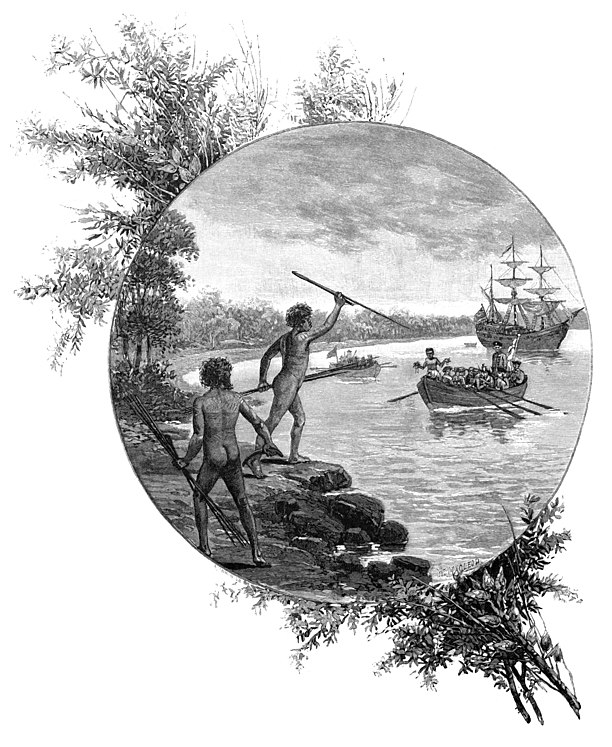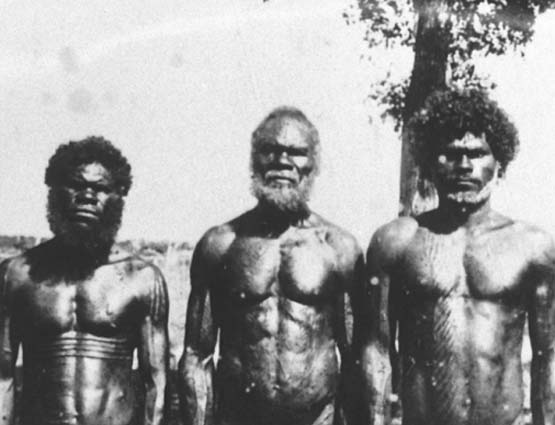Natural vegetation refers to plants that grow naturally in a place with little or no human interference.
NATURAL VEGETATION AS PART OF AN ECOSYSTEM:
An ecosystem is a community of living organisms like plants, animals and people, within a physical environment and the interactions between them. In a forest ecosystem, trees and other plants provide food and shelter for the animals and native people that live in the forest. Without vegetation, the animals and people will suffer from hunger and lack of shelter.
MAJOR TYPES OF NATURAL VEGETATION:
Natural vegetation can be grouped into: forests, grasslands and deserts. These vegetation types are known as biomes. A biome is the living or biotic part of an ecosystem.
WHAT IS CLIMATE?
Climate refers to the atmospheric conditions of a specific place over a considerable period of time, usually 30 to 35 years. The two main elements of climate that affect plant growth are temperature and precipitation. Temperature (measured in degrees Celsius) refers to how hot or cold a place is, while precipitation, (measured in millimeters) refers to water returning from the atmosphere to the Earth’s surface in any one of these forms: rain, snow, sleet or hail. The amount of precipitation collected, is called rainfall.
TYPES OF CLIMATE
Polar climate
Temperate climate
Tropical climate
INFLUENCE OF CLIMATE ON VEGETATION GROWTH:
Temperature:
Most plants cannot grow where temperatures fall below 6 degrees Celsius. This explains why most plants cannot grow in the region with polar climate. On the other hand, where temperatures are consistently above 20 degrees Celsius, such as in places with a tropical climate, the growth of plants especially trees, is abundant.
Precipitation:
Water is required by plants to make food. Trees need more water than grass to grow, thus many forests are found in areas where precipitation is high. In areas with moderate precipitation, grasslands are more common. In areas with little or no precipitation, there is hot desert vegetation or tundra dominate.
GLOBAL DISTRIBUTION OF NATURAL VEGETATION:
TROPICAL RAINFORESTS:
Tropical rainforest
- Found in places that experience tropical equatorial climate.
- Mainly located in the Amazon Basin in South America, the Congo Basin in Africa, and parts of Southeast Asia like Malaysia and Indonesia.
Emergent layer:
- Tall trees called emergents reach heights of 30 to 50 metres.
- Crowns appear above canopy layer
- Have tall, thick and straight trunks.
Canopy layer:
- Trees reach heights of 15 to 30 metres.
- Their wide, shallow and umbrella-shaped crowns form a canopy, which prevents sunlight from reaching the lower layers of the forest.
Understorey layer:
- Trees reach heights of 6 to 15 metres.
- Trees here have narrow and oval-shaped crowns.
- Young trees of the emergent and canopy layer are found here.
Shrub layer:
- Tree saplings and woody plants are found here
- They grow up to 6 metres high.
Underrgrowth layer:
- Made up of grasses, ferns, mosses and fungi.
- Plants reach a maximum height of 5 metres.
- Epiphytes
Not parasitic
Examples, bird nest fern and orchid
Grow on and use trees for support
Rainwater and decaying leaves provide them with water and nutrients
- Lianas
Thick woody vines that wind up tree trunks for sunlight.
May grow up to lengths of 90 metres
Not parasitic
- Parasitic plants
Example, the strangling fig
Competes with the host tree for sunlight, space and nutrients.
Leaves
- Remain green all year round due to the constant high rainfall throughout the year
- Do not shed their leaves at the same time
- Surfaces are waxy and have drip tips,
- Allow rainwater to drain off easily, which prevents harmful bacteria from growing on them
Flowers and fruits
- The plants flower and produce fruit throughout the year.
- Colourful and sweet-smelling to attract insects for pollination and animals for seed dispersal.
Barks and Branches
- Developed thin and smooth barks
- Branches are only on the top one–third potion of the trunks
Roots
- Are shallow and spread widely as they do not need to reach deep into the soil for water and nutrients.
- Buttress roots
TROPICAL MONSOON FORESTS
- Found in the tropics
- However, they are found only in places that experience tropical monsoon climate
- Located in South Asia, Southeast Asia, Southern China and Northern Australia
- Around 200 species of plants can be found in one hectare of the forest.
Canopy layer:
- Trees grow up to 25 to 30 metres in height
- More spread out than in a tropical rainforest
- Creepers, vines, epiphytes and parasitic plants are found here
Understorey layer:
- Trees are about 15 metres in height
Undergrowth:
- Bamboo thickets and grasses grow densely here during the wet seasons, and are less dense during the dry season.
Leaves
- The trees are deciduous
- They shed their leaves during dry seasons to minimize water lost
- The leaves will grow back quickly during the dry season
- Waxy with drip tips
Flowers and Flowers
- Many of the tree species flower and bear fruit during the dry season while they are leafless.
Barks and Branches
- Thick and coarse
- Helps the trees withstand extreme heat
- Branches are located around the middle of the trunks
Roots
- Deep roots to tap water sources deep under the ground
MANGROVE FORESTS
- Mangrove forests are found mainly in areas experiencing tropical climate
- Contains salt-tolerant plants known as halophytes
- Dense and luxuriant due to high temperatures and rainfall
Coastal zone
- Nearest to the coast
- Trees have breathing roots or aerial roots
Middle zone:
- Trees have prop roots or stilt roots
Inland zone
- Trees are less tolerant of salt water
- They have knee-like roots
Leaves
- Mangrove forest is evergreen as there are no seasonal changes in temperatures and rainfall in the tropical climate
- Broad with drip tips
- Surfaces of are thick and leathery
- Adapted to regulate the amount of salt in the tree
Flower and Fruits
- The flowers are generally colourful
- Some of the fruits are buoyant like the fruit of the Avicennia which can be carried away by the waves, while some fruits like the Rhizophora, drop directly to the ground to take root.
Roots
Aerial roots
- Allow the plants to take in oxygen
Prop roots
- Anchor the trees firmly in the muddy soil
Kneed roots
- Found mainly in places that experience a cool temperate continental climate
- Found mainly in Alaska, northern Canada, northern United States of America, northern Scandinavia and Russia.
STRUCTURE OF THE FOREST
Leaves
- Most coniferous trees are evergreen
- Have needle-like leaves, with small surface area that help to reduce water loss due to transpiration
Flowers and Fruits
- The trees bear cones
- The seeds can be dispersed by wind or wild animals
Bark and Branches
- Thick barks to protect them from the long, cold winters
- Trees are conical shaped to help withstand strong winds
Roots
- Shallow, spreading roots which enable them to absorb water easily from the soil surface when snow melts
The above, are what I learnt in this chapter, Types of Natural Vegetation













